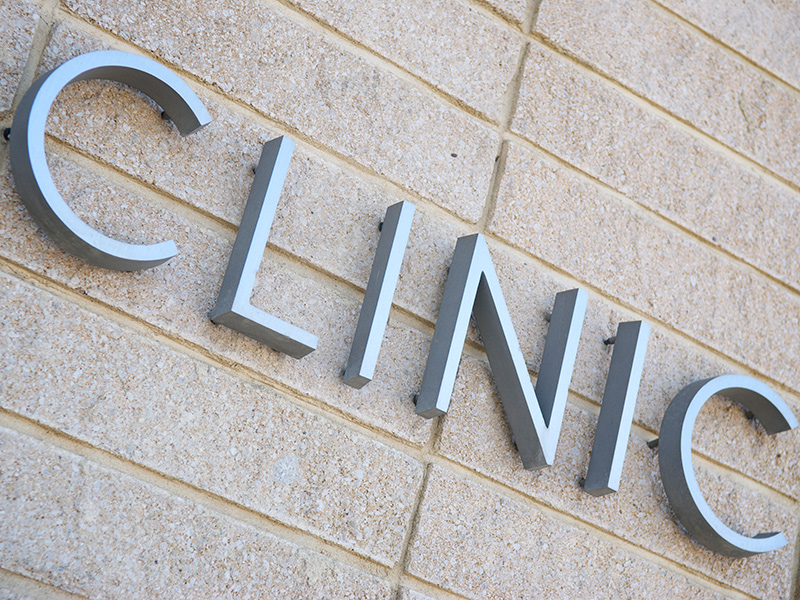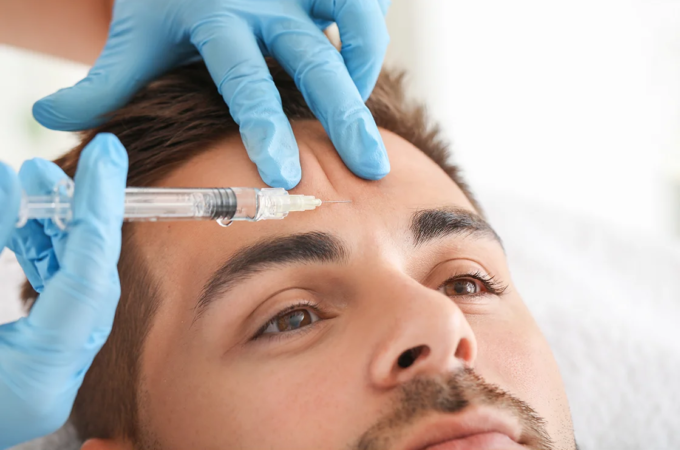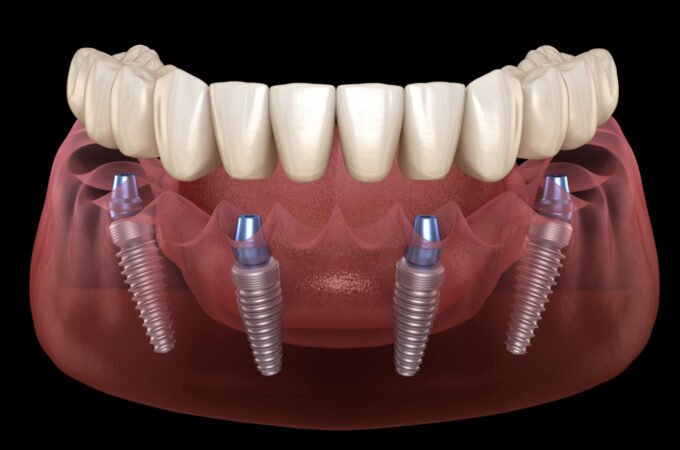
Walk-in Clinics: What They Are and What They Do
Walk-in clinics provide health care services to those who do not have a primary physician or have a medical issue they would like to address immediately, which they are able to do as walk-in clinics serve patients who have not made any prior appointments. These facilities are ideal for receiving treatment for non-emergency or minor injuries or illnesses and are appreciated for their convenience.
How a Walk-in Clinic Works
At a walk-in clinic it is first come first served rather than by appointment, which is a positive in the sense that patients who arrive early are able to have their needs attended to soon. Walk-in clinics, like hospitals, tend to have their patients fill out paperwork, though it is not much. Patients should arrive before the desired time of their appointment in case there are forms to be filled out or in case it is a busy day with many people seeking medical care. These clinics are staffed with both nurses and doctors, and the quality of care they provide is generally on par with that of a hospital.

Services Provided by Walk-in Clinics
Walk-in clinics are available to all, meaning that anyone, whether they’re uninsured or if it just happens to be a day their usual doctor is not available, can enter for an appointment. Patients do not need to be referred to a clinic and can enter one of their choosing at any time of their choosing.
These centers offer treatments for common injuries and illnesses that don’t require specialized care, for instance infections, fevers, minor broken bones, and minor cuts and burns. For illnesses, most provide prescriptions and referrals if necessary. Some walk-in clinics even have an inhouse pharmacy so patients can pick up the medicines they were prescribed with minimal delays. Beyond this many walk-in clinics offer convenient services such as immunizations, health screenings, physicals, and help filling out of medical forms. Walk-in clinics, though, are not completely standardized meaning that the service provided can vary by location. Such services might include blood testing, cardiac consultation, and even stress testing. If those planning to go to a walk-in clinic have any questions, such as if the service they need is available or what times the clinic is open, the clinic can be reached with a phone call. This saves patients time that they might have lost if the clinic did not offer what they needed. There are some that even offer medical advice over phone call, should the patient be unable to make it to the clinic for whatever reason.
Walk-in clinics differ from urgent care centers for though they both treat non-fatal illnesses and injuries, urgent care centers treat illness and injuries that are in dire need of attention—like infection and major broken bones—whereas walk-in clinics assist patients who have problems they would like resolved soon but are not in need of immediate care.

Benefits of Walk-in Clinics
There are definite pros to getting treatment from a walk-in clinic rather than elsewhere. For starts, walk-in clinics have the benefit of convenience as patients can enter and check in for an appointment at any time, be it morning, noon, or evening. With walk-in clinics, there is no need to schedule an appointment days or weeks in advance and if one unexpectedly falls ill, they need but find the closest walk-in clinic to them and then they can receive treatment promptly. Walk-in clinics are also open at times convenient to patients, like on the weekends, and tend to be located in places that are easy to find, for instance plazas and near pharmacies. This makes it easy for patients to check-in, get the care they need, and continue on with their day. On top of being located in easily accessible areas, there are many established walk-in clinics meaning that it should not be hard to find a local one for treatment. The multitude of available walk-in clinics also means that wait times at each are more often than not short, further adding to their convenience.
These facilities started as a way to provide health care for the uninsured, so it’s no surprise that a visit to them is far cheaper than a visit to a doctor or emergency room. It is the goal of walk-in clinics to be affordable, meaning that a visit to one won’t break the bank. Seeking treatment from a walk-in clinic is a good way to prevent a simple illness from becoming a more dangerous and expensive affair to deal with, thus saving patients money in the long run. In some cases, services can even be free. It is essential for patients to bring their health card so that the charge of their visit can be covered by government plans if possible.




